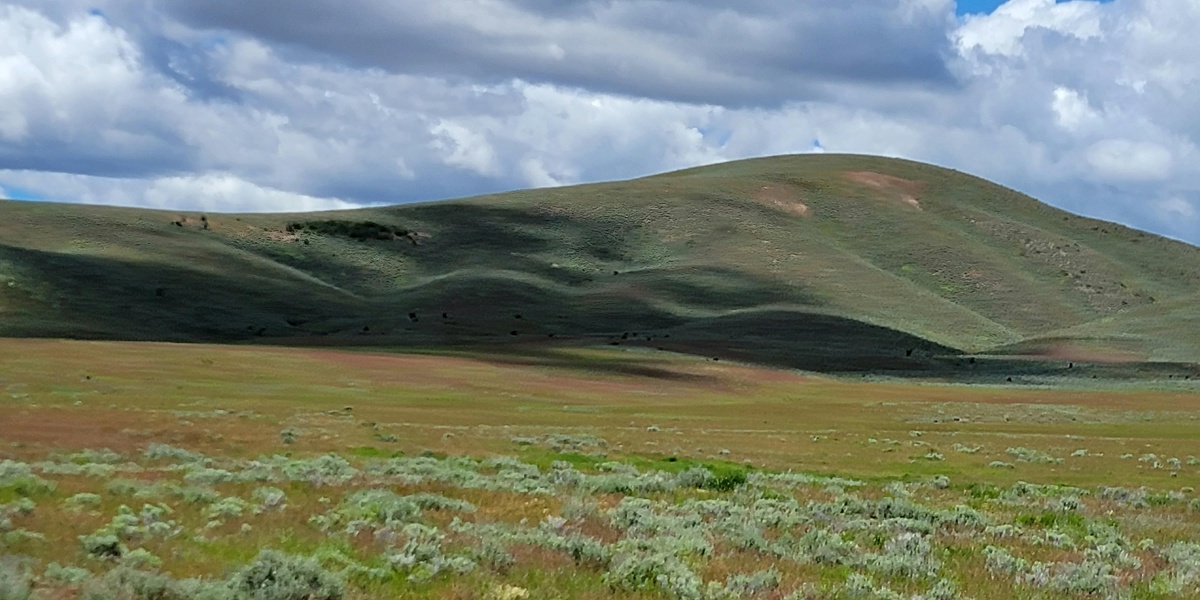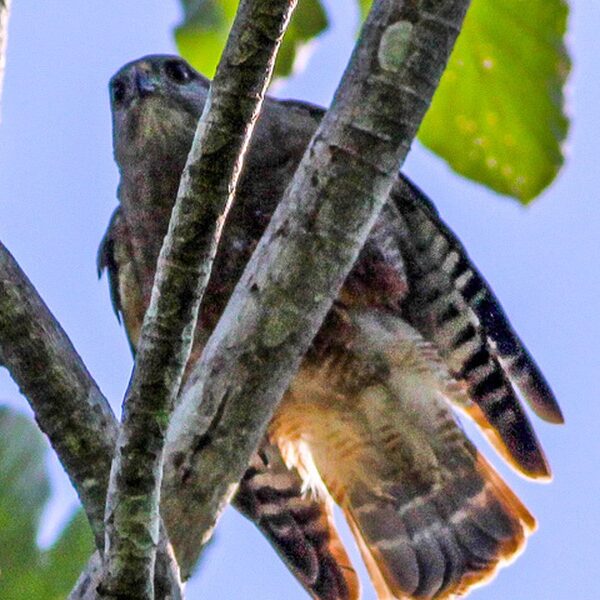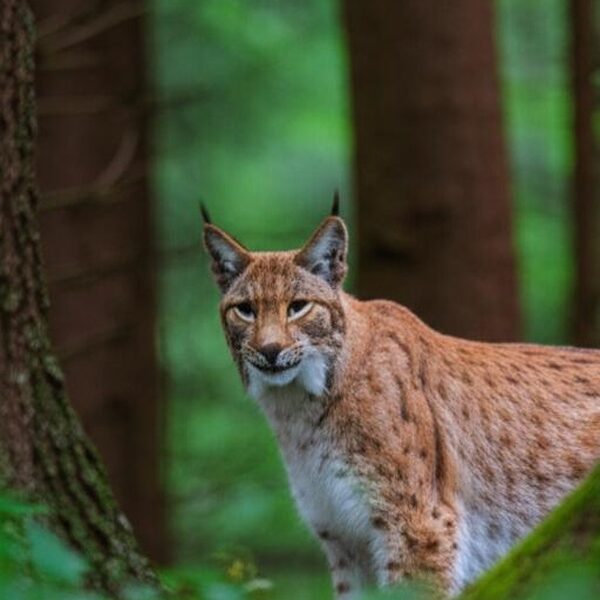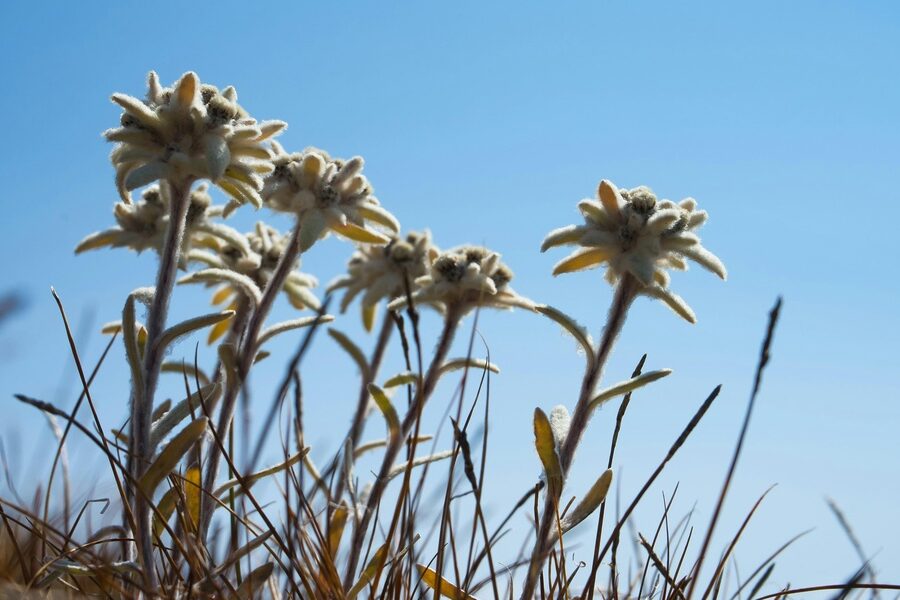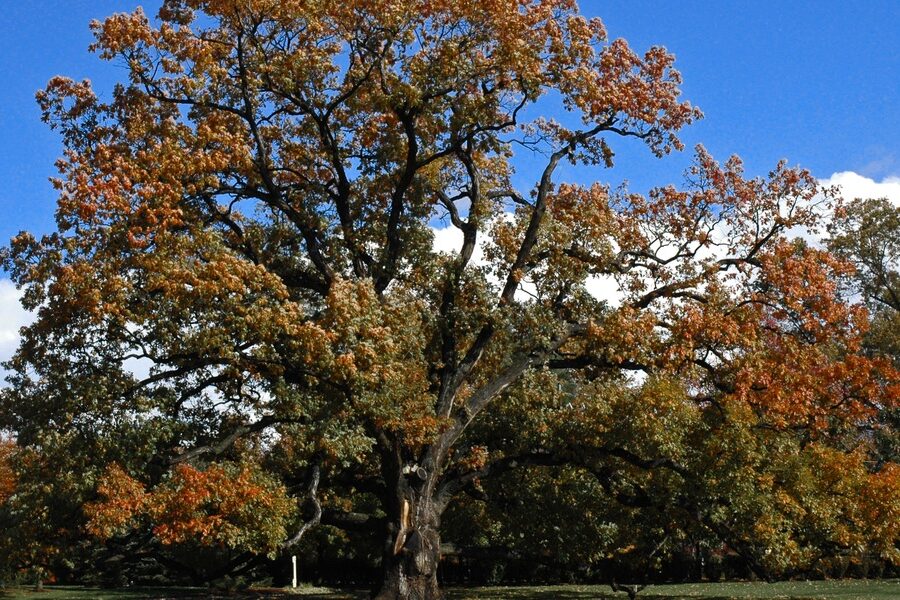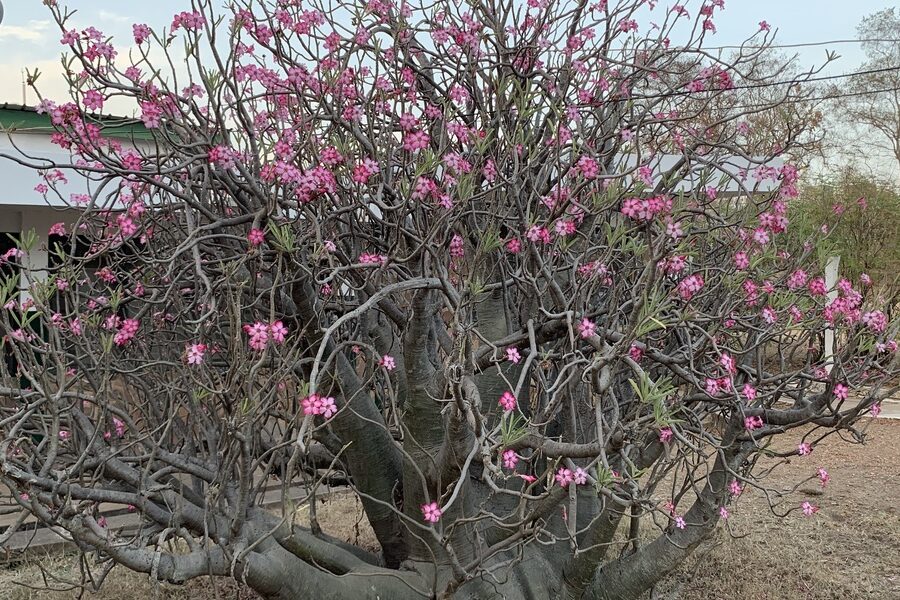Mongolia, a land of vast steppes, towering mountains, and the expansive Gobi Desert, boasts a unique and resilient flora. Its extreme continental climate and diverse landscapes have fostered a fascinating array of plant life, perfectly adapted to survive challenging conditions.
From the high-altitude beauty of the Alpine gentian to the familiar appeal of the Wild strawberry, this list highlights 30 Mongolia’s native plants. For each, you’ll find below key details including their Scientific Name, Primary Habitat, and a notable Key Trait, offering a deeper look into their ecological significance.
Why are Mongolia’s native plants so important?
Mongolia’s native plants are fundamental to its ecosystems, serving as primary producers, preventing soil erosion, and providing habitat and food for diverse wildlife, including endangered species. They also hold significant cultural value, contributing to traditional medicine, food sources, and the livelihoods of nomadic herders who depend on healthy pastures.
Mongolia’s Native Plants
| Common Name | Scientific Name | Primary Habitat | Key Trait |
|---|---|---|---|
| Feather grass | Stipa krylovii | Steppe | Dominant tussock grass, drought-tolerant |
| Steppe feather grass | Stipa grandis | Steppe | Dominant eastern steppe grass, forage source |
| Chinese wildrye | Leymus chinensis | Steppe | High-quality forage grass, resilient |
| Siberian wildrye | Elymus sibiricus | Steppe/Mountain | Cold-hardy forage grass, colonizer |
| Fringed sagebrush | Artemisia frigida | Steppe/Semidesert | Aromatic, drought-resistant, forage plant |
| Kobresia sedge | Kobresia pygmaea | Alpine meadow | Cushion sedge stabilizing soils, grazing value |
| Saxaul | Haloxylon ammodendron | Desert (Gobi) | Sand-stabilizing, deep-rooted shrub-tree |
| Siberian peashrub | Caragana arborescens | Steppe/Forest margin | Nitrogen-fixing, windbreak and fodder |
| Ephedra | Ephedra sinica | Desert/Steppe | Medicinal, drought-adapted jointed shrub |
| Mongolian onion | Allium mongolicum | Steppe/Gobi | Edible wild bulb, aromatic |
| Mongolian milkvetch | Astragalus mongholicus | Steppe/Forest edge | Medicinal legume, soil improver |
| Siberian larch | Larix sibirica | Taiga/Forest | Deciduous conifer, cold-resistant timber |
| Scots pine | Pinus sylvestris | Mountain/Forest | Resilient conifer, timber and resin |
| Asian white birch | Betula platyphylla | Forest/Riverine | White-barked, multi-use tree |
| Aspen | Populus tremula | Riparian/Forest edge | Pioneer species, fast-growing groves |
| Common juniper | Juniperus communis | Mountain/Steppe | Aromatic shrub, shelter and berries |
| Roseroot | Rhodiola rosea | Alpine/Mountain | Adaptogenic medicinal root, cold-tolerant |
| Common reed | Phragmites australis | Wetlands/Rivers | Reed beds, habitat and thatch material |
| Shrubby cinquefoil | Dasiphora fruticosa | Mountain/Steppe | Hardy flowering shrub, erosion control |
| Snow lotus | Saussurea involucrata | High alpine | Iconic medicinal cushion plant, culturally revered |
| Purple saxifrage | Saxifraga oppositifolia | Alpine/Rock crevices | Early-blooming cushion plant, cold-resilient |
| Sea buckthorn | Hippophae rhamnoides | River valleys/Mountain slopes | Vitamin-rich berries, erosion control |
| Siberian elm | Ulmus pumila | Steppe/Riparian | Fast-growing, drought-tolerant tree |
| Desert cistanche | Cistanche salsa | Desert (Gobi) | Parasitic medicinal plant, desert specialist |
| Nitre bush | Nitraria sibirica | Saline deserts/River terraces | Salt-tolerant shrub with edible berries |
| Tamarisk | Tamarix ramosissima | Saline riverbanks/Desert | Salt-tolerant stabilizer with feathery foliage |
| Wild strawberry | Fragaria orientalis | Forest edges/Montane meadows | Edible berries, groundcover |
| Alpine gentian | Gentiana algida | Alpine meadows | Bright blue medicinal flowers, bitter roots |
| Tartary rhubarb | Rheum tataricum | Mountain/Steppe | Tart edible stalks, hardy perennial |
| Field locoweed | Oxytropis campestris | Steppe/Alpine | Nitrogen-fixing legume, toxic in excess |
Images and Descriptions
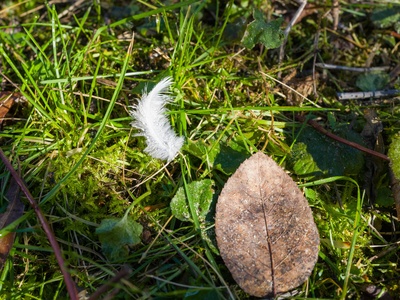
Feather grass
A signature steppe grass forming dense tussocks across Mongolia’s grasslands. Deep roots conserve moisture and prevent erosion, supporting grazing herds and seasonal wildlife migrations while coloring plains with graceful seed awns in late summer.
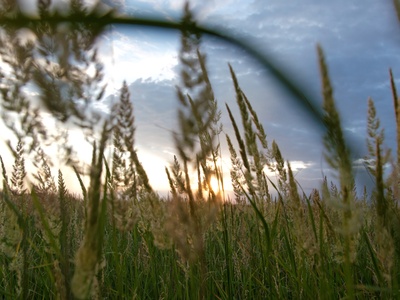
Steppe feather grass
A tall, tufted grass that shapes the eastern Mongolian steppe. It tolerates seasonal droughts, provides nutritious forage for livestock, and helps maintain soil structure across vast grassland ecosystems subject to grazing and fire.
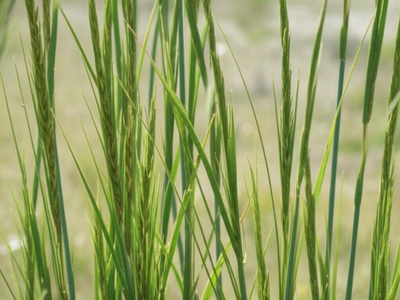
Chinese wildrye
A long-lived perennial grass dominating many Mongolian steppes and meadows. Known for its tall, nutritious shoots that sustain livestock, it resprouts after grazing and fire and helps retain soil moisture in continental climates.
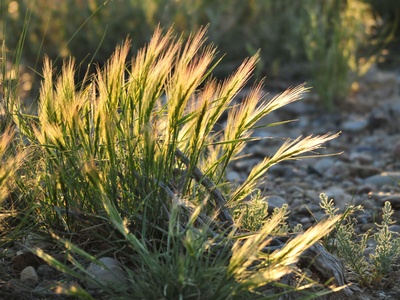
Siberian wildrye
A hardy wild rye found from low steppes to mountain meadows. It quickly colonizes disturbed soils, provides early-season forage for animals, and tolerates Mongolia’s cold winters and short growing season.

Fringed sagebrush
A low, aromatic shrub widespread across dry steppes. Its foliage resists drought and serves as emergency forage; locals use it in simple herbal remedies while the plant stabilizes soils in harsh, windy landscapes.
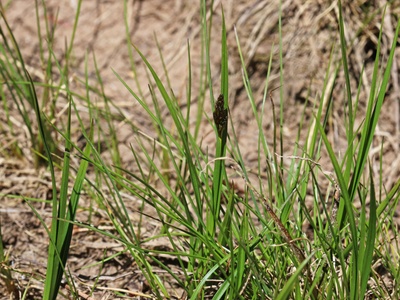
Kobresia sedge
A diminutive cushion-forming sedge of high-elevation meadows. It binds fragile alpine soils, endures cold and heavy grazing, and forms carpets that sustain native herbivores and pastoralists’ summer pastures.
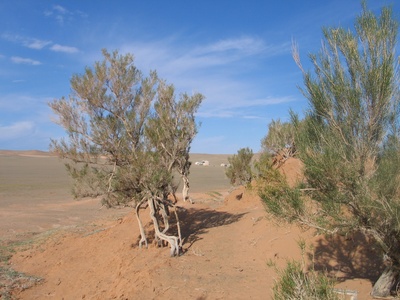
Saxaul
A keystone Gobi shrub-tree that anchors shifting dunes with deep roots. Saxaul provides shade, fuel, and habitat in hyper-arid desert margins and supports insects and small mammals in otherwise barren terrain.
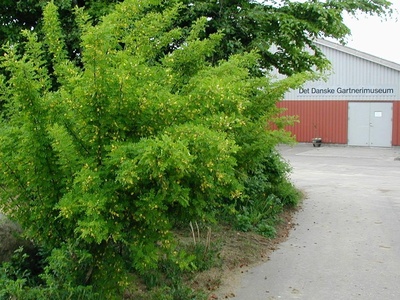
Siberian peashrub
A hardy, nitrogen-fixing shrub common on steppe margins and river terraces. Caragana forms windbreaks, improves poor soils, supplies fodder and fuelwood, and is a familiar element around nomadic camps and shelterbelts.
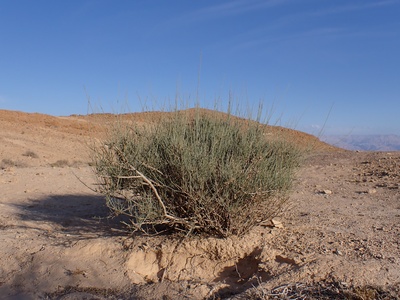
Ephedra
A leafless, jointed shrub of dry zones famed for medicinal alkaloids. Ephedra survives extreme aridity, grows on sandy soils, and has long been harvested in traditional remedies and foraging cultures.
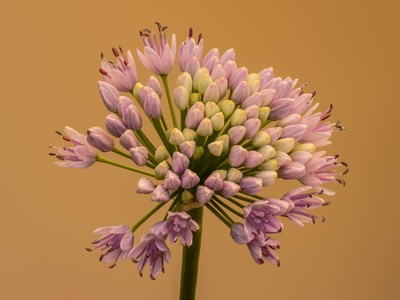
Mongolian onion
A small wild onion dotting grasslands and desert fringes. Valued by herders for its flavor, the bulb and leaves are gathered as a seasonal food, adding aromatic interest to nomadic diets across Mongolia.
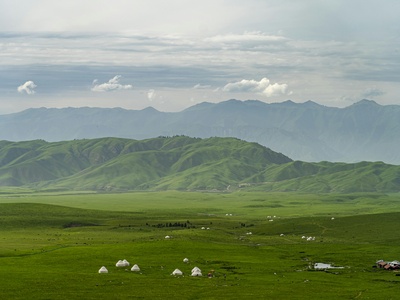
Mongolian milkvetch
A perennial legume known in traditional medicine for immune-supporting roots. Astragalus enriches soils by fixing nitrogen, thrives at margins of woodlands and steppes, and figures in regional herbal traditions.
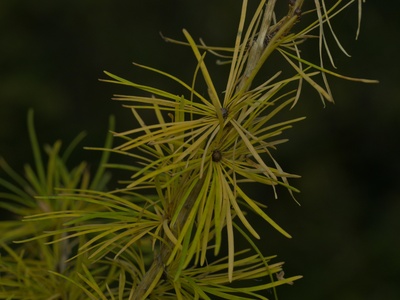
Siberian larch
A dominant conifer of northern Mongolian forests that drops needles in winter. Larch endures severe cold, forms key taiga woodlands, provides durable timber and firewood, and supports boreal biodiversity.
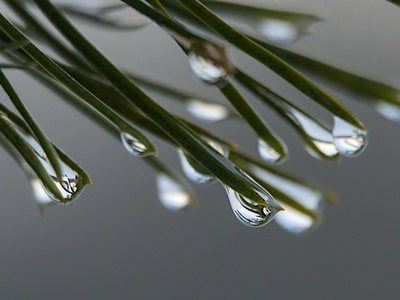
Scots pine
A widespread pine of mountains and northern forests. Its resinous wood resists decay; locals use it for building and fuel. Pines form important habitats and withstand cold, dry continental conditions.
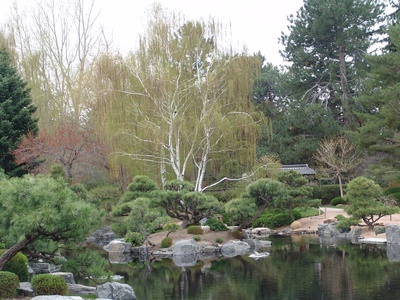
Asian white birch
A striking birch of northern woodlands and river corridors. Its pale bark, flexible wood, and sap have long practical uses for locals; birch stands add light and diversity to forest mosaics.
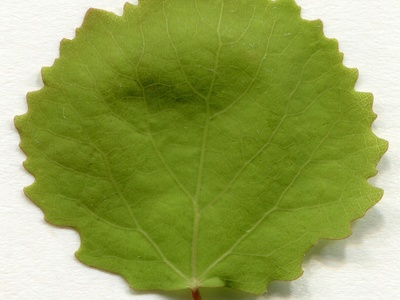
Aspen
An early-colonizing tree that forms groves along rivers and disturbed sites. Aspen regenerates quickly, provides browse and habitat, and signals dynamic riparian and meadow ecosystems across Mongolia.
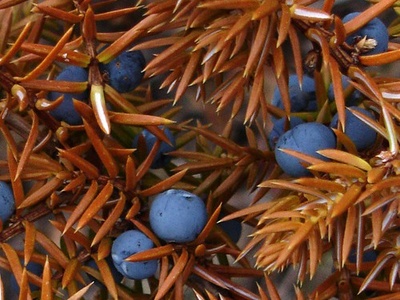
Common juniper
A low, fragrant shrub on slopes and dry steppes. Juniper’s dense form offers shelter, its wood and berries are used locally for fuel and flavor, and it tolerates thin, rocky soils.
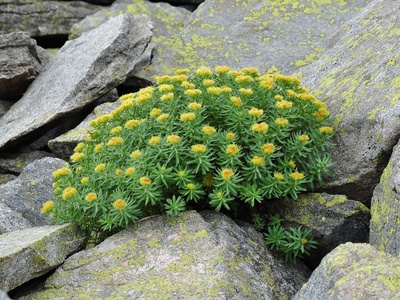
Roseroot
A succulent perennial of high slopes prized for its yellow flowers and hardy roots used in traditional tonics. Roseroot survives freezing, low oxygen and intense UV in alpine habitats, prized for stamina.
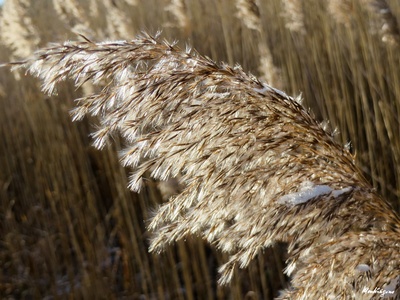
Common reed
Tall reed stands fringe rivers and lakes, filtering water and providing nesting habitat for birds. Reeds are harvested traditionally for thatch and crafts and help stabilize wetland banks in Mongolia’s riparian systems.
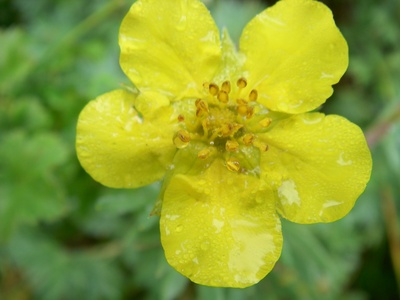
Shrubby cinquefoil
A tough, low shrub with cheerful yellow flowers found from steppes to mountain slopes. Its deep roots prevent erosion, supports pollinators, and it has modest uses in traditional medicine and forage.
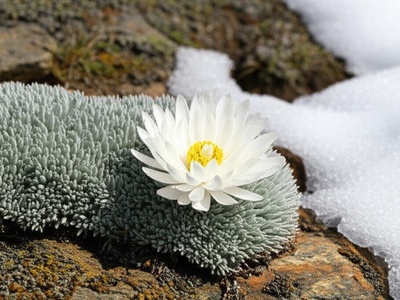
Snow lotus
A rare, slow-growing cushion plant of high rocky peaks, celebrated in folklore and traditional medicine. Snow lotus survives extreme cold and is carefully harvested for remedies, making it emblematic yet vulnerable.
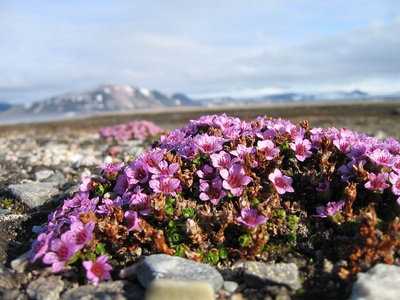
Purple saxifrage
A tiny cushion-forming plant that blooms purple flowers soon after snowmelt. It colors high-altitude rocks, endures freezing winds, and is a classic pioneer species on alpine crags.
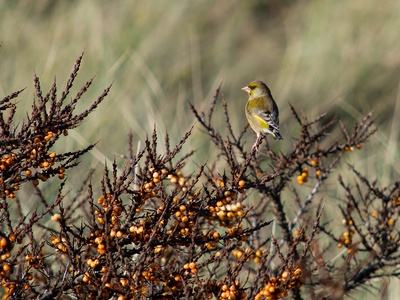
Sea buckthorn
A thorny shrub producing bright orange berries loaded with vitamin C. Sea buckthorn stabilizes riverbanks and slopes, supplies nutritious fruit used locally, and supports wildlife with dense shelter.
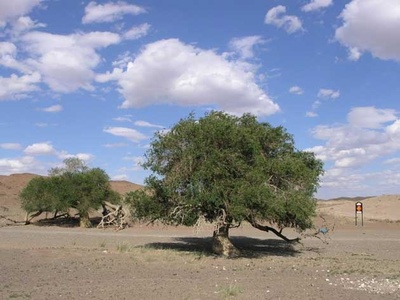
Siberian elm
A tough elm that tolerates dry steppes and river edges. It establishes quickly in disturbed soils, provides shade and fuel, and is a common component of southern and central Mongolian woodlands.
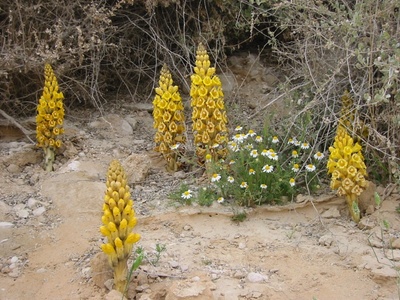
Desert cistanche
A leafless parasitic herb that taps roots of desert shrubs like saxaul. Cistanche produces showy spikes valued in traditional medicine and exemplifies specialized survival strategies in saline, sandy deserts.
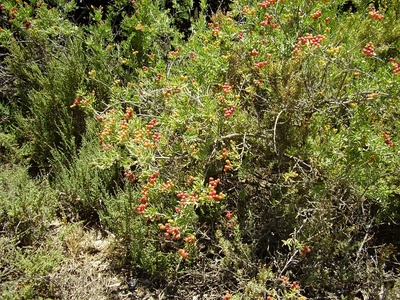
Nitre bush
A shrubby species adapted to salty soils of desert basins and river margins. Its small edible berries are eaten locally, and the plant helps bind saline soils against erosion in harsh environments.
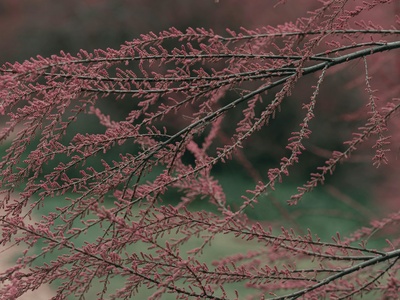
Tamarisk
A feathery, salt-tolerant shrub lining salty streams and depressions. Tamarisk stabilizes banks and survives saline groundwater, forming important thickets in otherwise sparse desert landscapes.
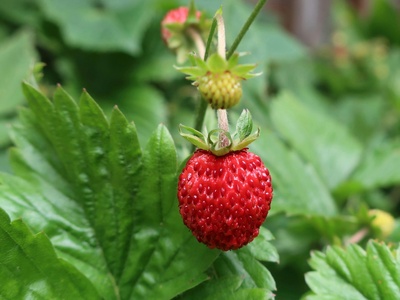
Wild strawberry
A low perennial producing small sweet berries in montane meadows and woodland edges. Gathered traditionally, wild strawberry is a seasonal treat that spreads as a resilient alpine groundcover.
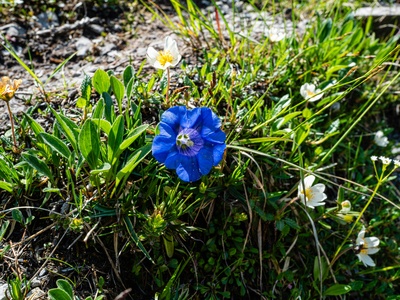
Alpine gentian
A compact gentian of cold meadows with vivid blue blooms. Its bitter roots are used in traditional digestive remedies; the plant signals healthy high-elevation pastures and blooms late in the short season.
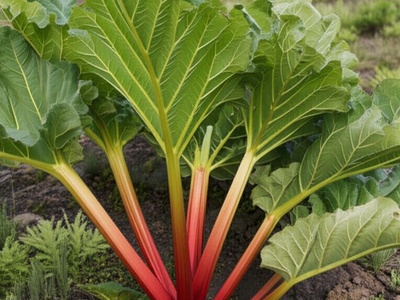
Tartary rhubarb
A tough, perennial rhubarb with tart stalks used occasionally as food and medicine. It grows in cool, elevated valleys and slopes, showing strong adaptation to Mongolia’s continental climate.
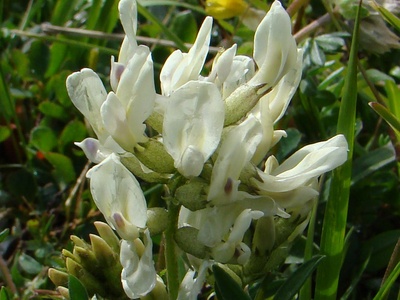
Field locoweed
A widespread leguminous plant of meadows and steppes that fixes nitrogen, supporting poor soils. Some Oxytropis species contain compounds toxic to livestock if eaten in large quantities, illustrating complex grassland ecology.
